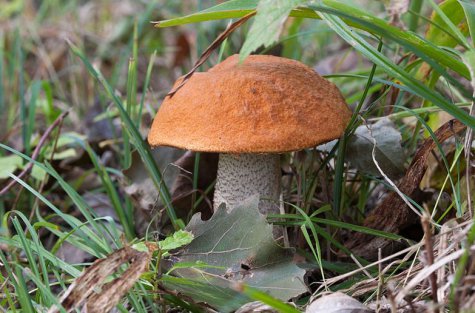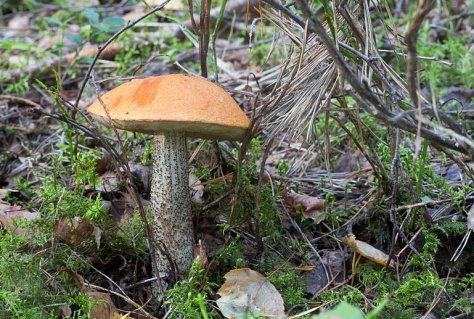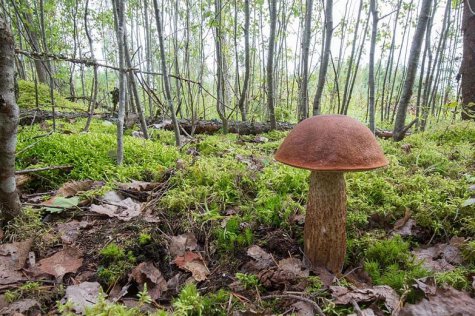Look in the forest around you – the orange boletes
Photos Arne Ader
Translation Liis
Leccinum aurantiacum
Haavapuravik or punapuravik Leccinum aurantiacum
Orange birch bolete Pomerantspuravik Leccinum versipelle
Foxy bolete Palupuravik Leccinum vulpinum
Orange oak bolete Pargipuravik Leccinum quercinum
A couple of weeks ago it seemed that the mushroom year would be a lost one but bolete hunters could put their mushroom-searching urge to good use last week already.
The first ceps, or king boletes, were riddled by mushroom maggots already before they appeared above ground, but fresh little ceps can easily be found along the paths in pine forests.
For enthusiasts we present the habitats of the very similar Leccinum boletes, currently there are more of them to be found than of ceps.
Leccinum aurantiacum grows in broadleaf or mixed forests, and only near aspens.
The cap, with a felt-like surface, is coloured from orange to brick red, and the cap skin rxtends a little below the cap edge. The tubes on the underside of the cap are white, grey or yellowish. The stem of young mushrooms is white, with white scales, on older mushrooms the scales area already slightly coloured as the cap. A cut surface and also crushed spots slowly turn violet gray to black-brown –back at home the mushroom is not quite as beautiful as before.
Orange birch bolete
The orange birch boletes too grow in broadleaf or mixed forests but only close to birches, where they can establish quite sizeable stands.
The caps are slightly more yellow compared to the previous species, Leccinum aurantiacum. Note that the stem is white, with fine jet black scales. The cap turns pinkish-purple on touching or cutting, a cut area on the lower part of the stem can sometimes turn blue-green.
The foxy bolete we find in pine forests or mixed forests with pines; the mushrooms grow close to pines.
The cap is fox-coloured, with a felt-like surface. The tubes on the underside are white, becoming grey with age. Stem white as are the scales on a young mushroom stem, later changing into reddish brown and on aging to almost black - such specimens are not worth picking.
All taste delicious.
Orange oak bolete
The orange oak bolete is relatively rare but similar, and a good mushroom for eating. It grows in oak stands, in mixed forests with oaks and in parks, but only close to oaks.
The cap is brownish orange, tubes cream-coloured. The scales on the white stem become dark brown on older specimens. A cut area on the foot gradually turns reddish, violet or bluish grey as do pinched surfaces.
A splendid time is still there in the forest – Enjoy!











